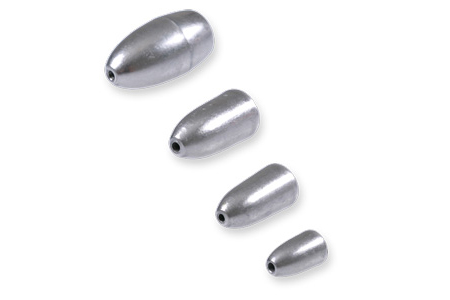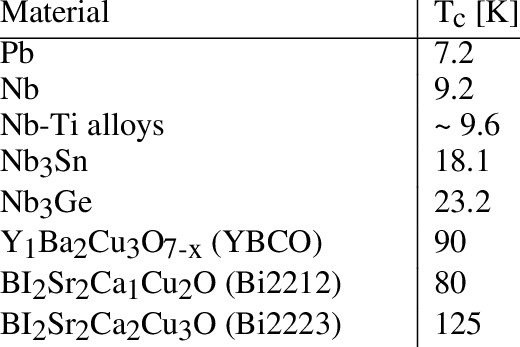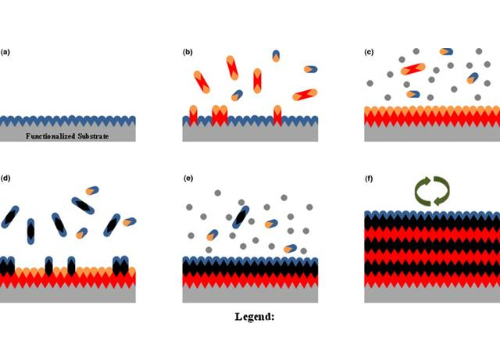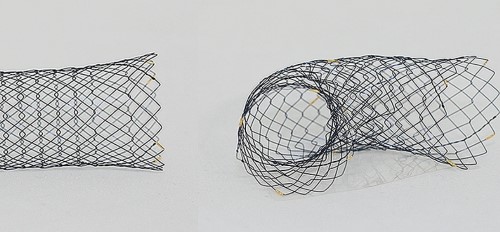Tungsten in Military Use
Metal tungsten has a high melting point, the highest among all metal elements; its density is also high, 19.3g/cm³, which is close to that of gold; tungsten is also very hard, and the hardness of tungsten carbide is close to that of a diamond. In addition, tungsten also has good electrical and thermal conductivity, a small expansion coefficient, and other characteristics, so it is widely used in alloys, electronics, chemicals, and other fields. The following are the applications of tungsten in the military field.
(1) Tungsten products are non-toxic and environmentally friendly. Due to the environmental hazards caused by lead and depleted uranium, tungsten products have been used to replace past raw materials for the manufacture of bullet warheads to reduce the environmental hazards caused by military materials.

(2) Tungsten has the characteristics of high hardness and high-temperature resistance, whose military use includes: tungsten alloy bullets, shrapnel heads; balance pinballs in missiles and aircraft; measuring core of armor-piercer; kinetic armor-piercer; armor and artillery shells; grenades; bullet-proof vehicle, armored tanks, artillery parts, gun; rocket accessories and so on.
(3) Tungsten is a rare high melting point metal. Tungsten metal can endure high temperatures without deformation and is free from air erosion at room temperature. This feature is widely used in the military. It’s mainly used for the production of high-speed steel, high-speed cutting tools, and super-hard mold. In aviation and rocket technology, as well as in other sectors that require high thermal strength of machine parts, engines, and some other instruments, tungsten, and alloys of molten metals (tantalum, niobium, molybdenum, rhenium) are used as heat-resistant materials.
(4) The most significant use of tungsten is for a variety of high-speed ammunition, especially armor-piercer. Tungsten is almost an indispensable part of armor-piercer. The kinetic armor-piercer made from tungsten alloy can compete directly with the depleted uranium bomb (depleted uranium has become an environmental problem).
(5) Tungsten can also be used for nuclear weapon material shell protection.
Related reading: Characteristics of Advanced Tungsten Bullets
Conclusion
Thank you for reading our article and we hope it can help you to have a better understanding of tungsten used in the military. If you want to learn more about W products, we would like to advise you to visit Stanford Advanced Materials (SAM) for more information.
Stanford Advanced Materials (SAM) is a worldwide supplier of tungsten metal and has over two decades of experience in the manufacture and sale of tungsten products, providing high-quality products to meet our customers' R&D and production needs. As such, we are confident that SAM will be your favorite tungsten supplier and business partner.




